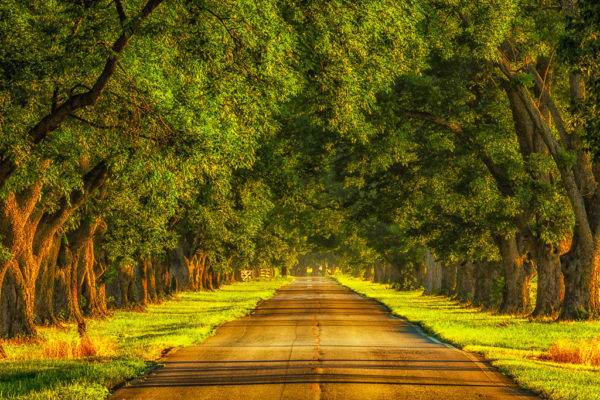I have a habit, in many instances, of not taking advantage of a photographic opportunity when it presents itself. Sometimes it’s because of something completely outside my control. But, this usually occurs in one of two situations which are completely within my power to overcome.
The first situation happens when I am in a hurry to get to a specific location. Something will catch my eye along the way, but I don’t have or, more appropriately, won’t make time to stop and get the shot. My typical response is I will come back later. Unfortunately, later never seems to arrive. The second situation arises when I focus on getting a particular shot, but, for whatever reason, I don’t get it. My focus on a single idea often causes me to close my mind to other possibilities. I can’t count the number of times I have thought to myself “If I had only stopped…,” or “If I had only been paying attention…” Of course, once the opportunity is missed, it is quite likely to never be afforded again.
I am continually working to improve my photography. One of the ways I am trying to do this is to learn to take advantage of as many photographic opportunities as possible. This image, taken along a section of local road known as Pecan Alley, is one of those cases in which I think I succeeded in accomplishing that goal.
When I left my house earlier in the morning, my intention was to find and photograph an old church building and cemetery I had seen previously. I arrived just before sunrise, but the lighting was bright enough to see without difficulty. Finding a spot to park, I had barely turned off the engine when a huge horsefly landed on the windshield. Not exactly the way I wanted to start. A second or two passed, and another one landed. Then, another hit the side window, then another, and another, and another. Before I had been there for five minutes, I was being swarmed by gigantic, hungry, I would almost say angry, horseflies. Not exactly how I had expected things to go.
I pondered the situation deciding what to do. I know sometimes you have to put up with some discomfort to get good photographs. And, I can deal with some mosquitos, other insects, even the occasional snake if it keeps its distance. But the thought of fighting a horsefly horde . . . no way! Without ever getting out of my truck, I decided to move on.
Eventually, I made my way back to Pecan Alley, so named because of the pecan trees that line both sides of the road over a span of a couple of miles. The branches overhang the road and create a quiet, peaceful canopy, especially in the spring and summer when the leaves have sprouted and matured.
I’ve photographed along this stretch of highway several times at different times of the year and in different lighting and weather conditions. However, I was still thinking about my disappointing outcome earlier in the morning and did not recognize the opportunity that was right in front of me. As I continued driving, I realized I had never made an image along Pecan Alley after the sun had risen. It occurred to me that this was a great chance to do just that. After turning my truck around and finding a place to pull off the road, I set up my camera and tripod and began taking shots. I took a number of shots at different focal lengths using both my 24-70mm and 100-400mm lenses. I would shoot in one direction and then turn around and shoot in the opposite direction.
When I got home and reviewed the pictures, there were several I liked, but this one was my favorite. Using my 100-400mm lens at its longest focal length provided a nice compression effect. This effect caused the trees to appear to be standing right next to each other creating an almost impenetrable wall and added to the sense of being in a tunnel of trees. In reality, the trees were at least 20 to 30 feet apart. The sun was still relatively low on the horizon which provided nice sidelighting for the scene. But the lighting also presented a challenge because the trees on the left side of the image were bathed in light while the trees on the right were in shadow. To ensure the highlights were not overexposed, I determined the exposure and reduced it by 2/3 of a stop using the camera’s exposure compensation feature.
In Lightroom, I adjusted added contrast and clarity; reduced the highlights; lightened the shadows; added some clarity, vibrance and saturation; and used the Dehaze slider to remove some of the haziness caused by the humidity in the air. I then opened the image in Photoshop and applied the Sunlight filter in Nik’s Color Efex Pro to create this final image.
Settings: 400mm, f/40, 1/5 sec, ISO 400

Pingback: 2018 Year in Review | Bob Henry Photography